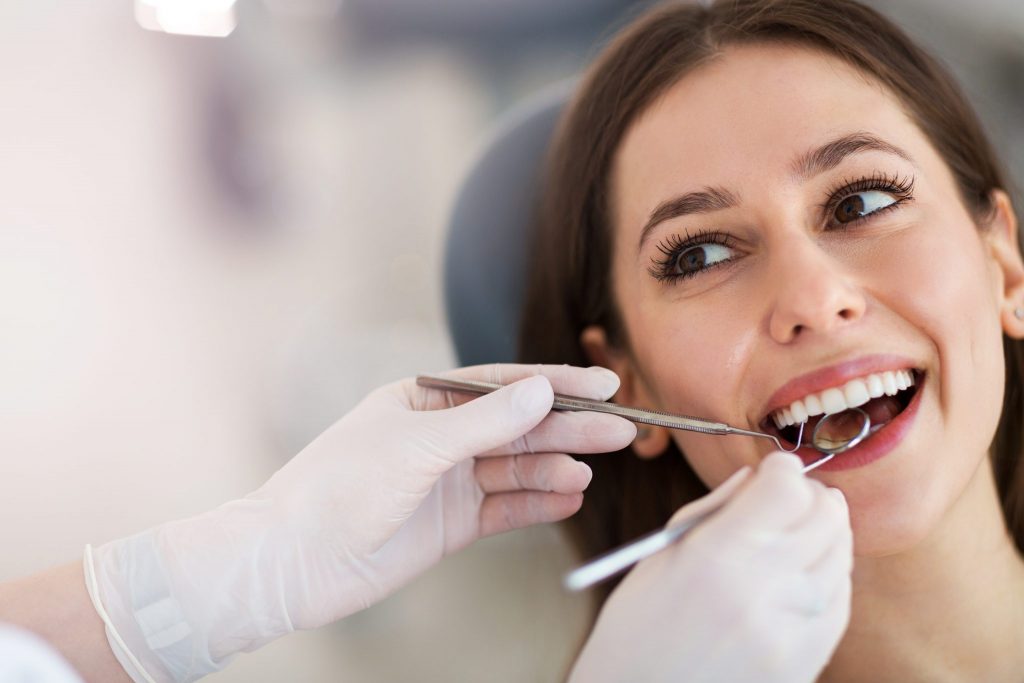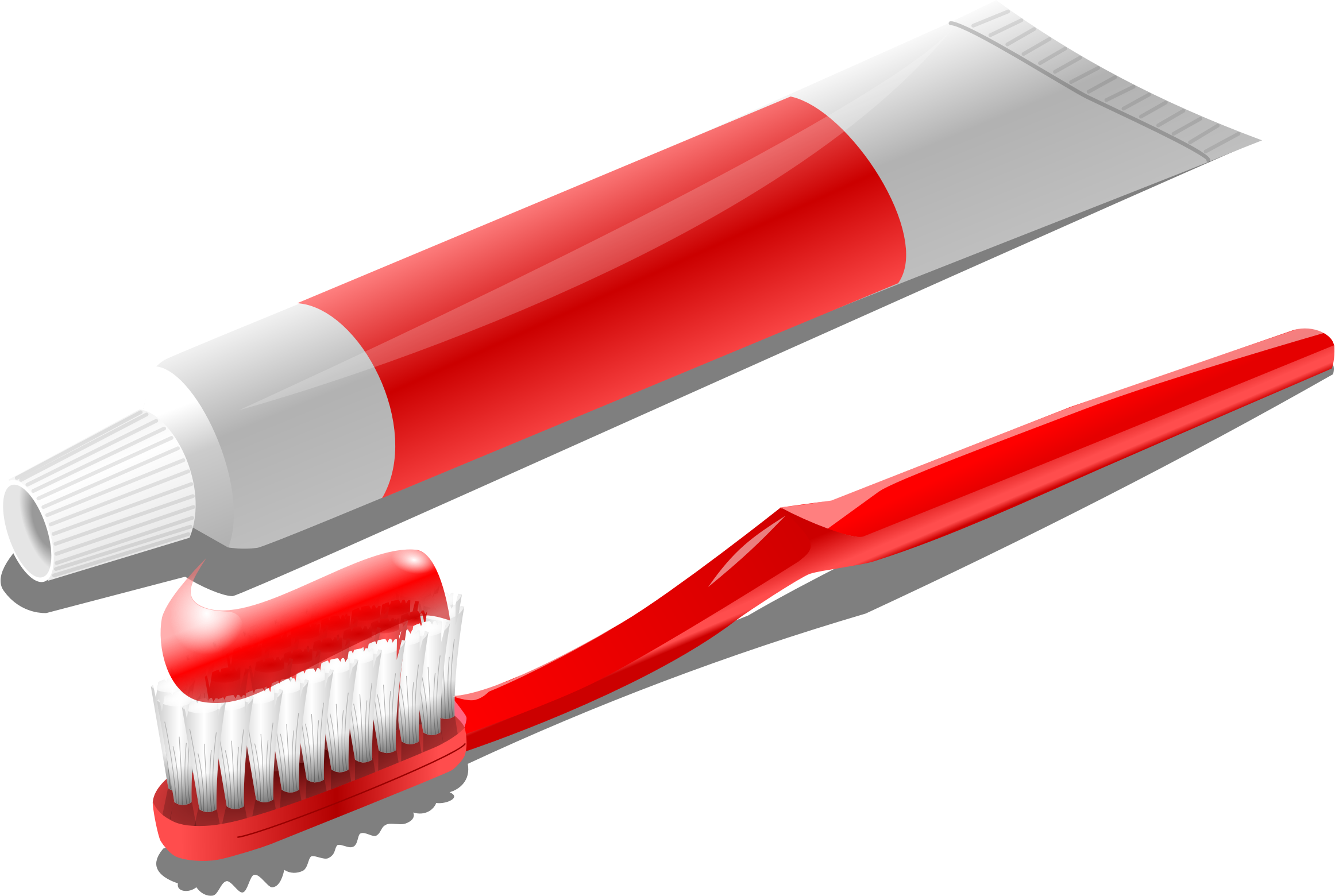Teeth Whitening: Crown Friendly Solutions

The pursuit of a dazzling smile has led many to explore teeth whitening options, but for those with crowns, the journey can be more complex. Crowns, being made of materials like porcelain or ceramic, do not respond to whitening agents in the same way natural teeth do. This poses a challenge for individuals seeking a uniform, brighter smile. However, there are crown-friendly solutions available that can help achieve the desired results without compromising the integrity of dental work.
Understanding Teeth Whitening
Before diving into crown-friendly solutions, it’s essential to understand how teeth whitening works. Teeth whitening involves the use of a bleaching agent, typically hydrogen peroxide or carbamide peroxide, to break down stains on the surface of the teeth and within the tooth enamel. This process can significantly lighten the color of natural teeth, making them appear whiter and brighter. However, since crowns are made from non-porous materials, they do not absorb the bleaching agent in the same way natural teeth do, which means they will not change color in response to whitening treatments.
The Challenge with Crowns
Crowns present a unique challenge in teeth whitening because they are designed to match the color of the surrounding teeth at the time they are placed. If the natural teeth are then whitened, the crown may stand out as being darker, disrupting the uniform appearance of the smile. To address this, dental professionals and patients must consider solutions that either work around the existing crowns or involve replacing them to match the newly whitened teeth.
Crown-Friendly Whitening Solutions
Customized Whitening Trays: For patients with crowns, customized whitening trays can be tailored to avoid the crowned teeth, allowing for the whitening of natural teeth only. This approach requires meticulous impression taking and tray fabrication to ensure the bleaching agent does not come into contact with the crowns.
Porcelain Veneers: In cases where a single tooth or several teeth have crowns and the patient desires a whiter smile, porcelain veneers can be an option. These thin layers of porcelain are bonded to the front of the teeth and can be matched to the desired shade of whiteness. Veneers offer a versatile solution, allowing for the adjustment of tooth color, shape, and size.
Crown Replacement: If the crowns are old or do not match the desired whiteness of the surrounding teeth after a whitening procedure, replacing them might be necessary. Modern dental materials and techniques allow for the creation of crowns that are not only durable but also aesthetic, capable of mimicking the appearance of natural teeth.
Internal Whitening: For non-vital teeth (teeth that have undergone root canal treatment) with crowns, internal whitening can be an option. This involves placing a whitening agent inside the tooth, which can help lighten the tooth from the inside out. However, this method is limited to non-vital teeth and may not be suitable for all patients.
Consultation and Planning
Given the complexities of whitening teeth with crowns, consultation with a dental professional is paramount. A thorough examination and discussion about the desired outcomes, the condition of the crowns, and the overall health of the teeth and gums will help in determining the most suitable approach. The dentist can advise on whether the existing crowns can be worked with or if replacement or additional cosmetic dental work is necessary to achieve the desired smile.
Maintenance and Aftercare
After undergoing any dental procedure, including teeth whitening and crown placement, maintenance is key. Regular dental check-ups, good oral hygiene practices, and adherence to the dentist’s advice on how to care for the whitened teeth and crowns will ensure the longevity of the results. Avoiding stain-causing foods and beverages, quitting smoking, and using a straw when consuming potentially staining drinks can all help in maintaining the whiteness of the teeth.
Conclusion
Achieving a brighter, whiter smile with crowns requires careful consideration and planning. By understanding the challenges posed by crowns and exploring the available crown-friendly solutions, individuals can make informed decisions about their dental care. Whether through customized whitening trays, porcelain veneers, crown replacement, or internal whitening, there are options available for those seeking to enhance their smile without compromising their existing dental work. Consulting with a dental professional is the first step towards realizing the goal of a uniformly brighter, more confident smile.
FAQ Section
Can teeth whitening damage my crowns?
+Teeth whitening products will not damage crowns, as they are made from materials that do not react with the bleaching agents. However, the color of the crowns may become more noticeable if the surrounding natural teeth are whitened.
How long do the results of teeth whitening last with crowns?
+The longevity of teeth whitening results can vary depending on several factors, including oral hygiene practices, diet, and the presence of crowns. On average, with good care, whitened teeth can maintain their brightness for about one to three years before a touch-up might be needed.
Are there any risks associated with teeth whitening around crowns?
+While teeth whitening is generally safe, there can be risks such as tooth sensitivity and gum irritation. It’s crucial to follow the dentist’s instructions and use the products as directed to minimize these risks. Additionally, ensuring the whitening agent does not come into contact with crowns is vital to prevent any potential issues.



